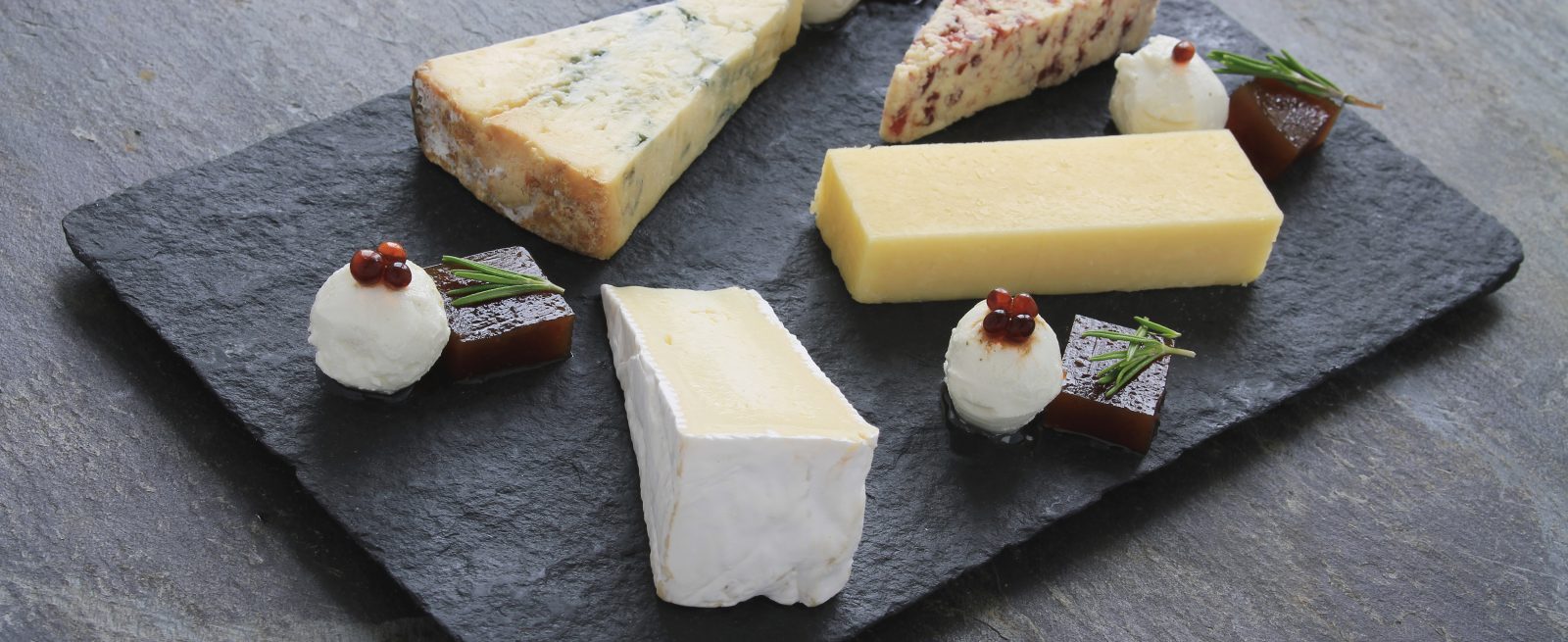How To Add a Cheese Board to Your Summer Menu
2 Min Read By MRM Staff
Why should a restaurant consider adding a cheese board to the menu now?
“Artisanal food is a popular trend among consumers right now,” Brent Delman, aka The Cheese Guy, told Modern Restaurant Management magazine. “They want these high-quality specialty items and cheese is an easy way to execute and incorporate this on a menu.” Based in Yonkers, NY, Delman’s company produces approximately 30 varieties of all natural, kosher, artisanal small-batch cheese.
Summertime, when people are savoring the weather and leisure time with friends is perfect for adding this shareable and versatile touch to a menu because it pairs nicely with beer, wine and sparkling drinks, he added.
“A cheese board can be either an appetizer or dessert and when accompanied with sweet and savory additions, it makes for a very appealing option on any menu. Guests also look for a creative but strategic variety of cheeses that are presented on the board that complement each other, to make a great culinary experience.”
To prepare a perfect cheese board, Delman suggests providing a balance of flavors – mild to sharp and a balance of textures – soft, semi-soft, semi-hard, and hard. There should be three milk types – cow, goat and sheep, and a variety of colors.
“They should be arranged in clockwise order from the lightest and freshest to the ripest and most intense,” he said. “Five cheese varieties is a good number.”
Some cheese recommendations:
- Soft, bloomy rind cheeses like Brie and Camembert. Creamy, buttery, mushroomy. The longer they age, the runnier and more delicious they become.
- Fresh young cheeses would be mozzarella, feta or queso fresco, which has higher moisture content, a softer texture and are usually quite mild.
- Fresh or aged goat, or sheep cheese. Fresh Chevre, with or without herbs. Cheeses made from goat’s milk tend to have a more barnyard and tangy taste than cow’s milk. Aged sheep’s milk cheeses like Manchego or Italian Pecorinos contain more fat and protein and tend to taste sweeter, saltier and gamy.
- Semi hard cheeses like cheddar; Monterey jack and Gouda are aged longer and have less moisture than soft and fresh cheeses.
- Aged, hard (cow’s milk) cheeses like Parmesan (Parmiggiano), Gouda and Gruyere. These cheeses become harder and more crumbly with age. They tend to be saltier and full flavored.
- A blue veined cheese should be included in every cheese board. They tend to have more assertive flavors from the mold they are inoculated with, Penicillium Roquefort. Examples would be Stilton, Gorgonzola and Roquefort.
Delman said some of the prep work involved includes taking the cheese out of the refrigerator and letting it sit on the counter for at least an hour to reach room temperature before serving. Let guests slice their cheeses, as cheeses that are pre-sliced can dry out.![53e7f41c-4602-4bb4-b75a-931074c38097_l[1]](https://www.modernrestaurantmanagement.com/assets/media/2016/07/53e7f41c-4602-4bb4-b75a-931074c38097_l1.jpg)
Other assembly tips include:
- Use wood boards or slate or marble slabs to serve on. Knives- the long cheese knife with the forked tip is good, as well as a cheese plane for making nice thin slices.
- Make assorted shapes of artistic wedges, wheels, logs, or squares.
- Label each cheese and have a separate knife for each variety.
Be sure to include savory extras, a few sweet accompaniments and, of course, crackers. Savories can include raw, salted or smoked nuts, marinated olives and bread sticks, while sweets to consider are fresh fruits such as grapes, apples, berries and fresh figs as well as dried fruit such as apricots and preserves, jams or honey.

